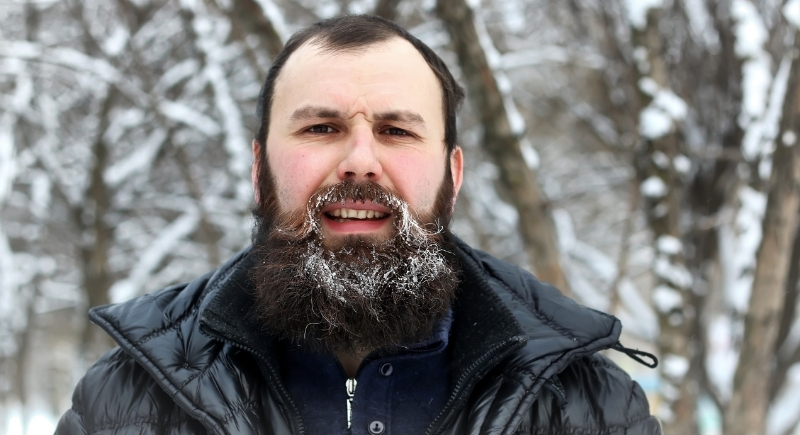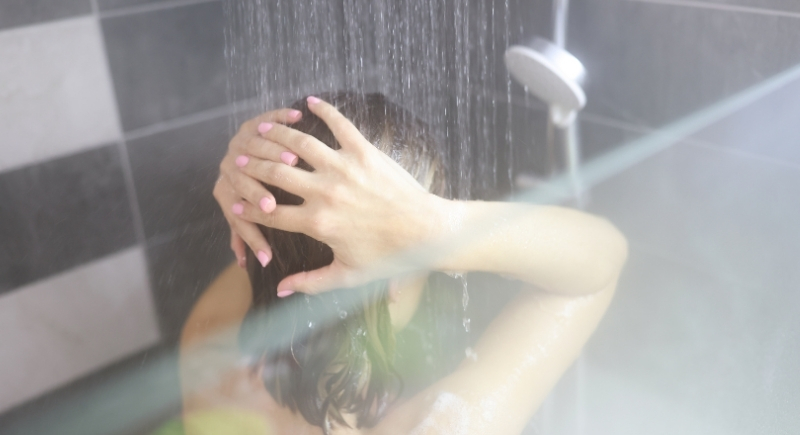Walking Without a Hat in Winter Can Potentially Lead to Hair Loss
Cold months often bring a sense of toughness that makes people skip the hat, even when the air is cold enough to make their skin ache. It might feel like a small choice, but winter creates a mix of dry air, low temperatures, and sudden temperature shifts that can strain the scalp. Going outside bareheaded in that environment can make shedding more noticeable and leave hair feeling weaker than it normally would.
Cold Weather Doesn’t Treat Your Scalp Gently

Image via Canva/Aleksandr Kichigin
Cold air and indoor heating can dry out the scalp, causing tightness, itchiness, and irritation, which may make hair more fragile and prone to breakage. Hair that grows from a dry or irritated scalp tends to break more easily, and the strands lose strength long before they fall out on their own.
The body may constrict blood vessels in cold weather to conserve warmth, and this reduced circulation can contribute to slower follicle activity and increased shedding, according to some experts. Walking outside with damp hair increases heat loss from the scalp, which can intensify cold-related vessel constriction described by experts.
Seasonal Shedding Makes Everything More Noticeable
Image via Canva/rattanakunHair naturally cycles through growth and shedding stages, and many people notice increased shedding in the fall and early winter due to seasonal changes. This process is normal, yet the cold weather often makes it feel amplified because the scalp is already trying to handle dryness and reduced circulation.
The lack of sunlight in winter creates another challenge, as lower exposure makes vitamin D levels drop. Follicles depend on this nutrient for steady activity, so a deficiency can make shedding feel heavier than usual. Added stress from shorter days, holiday pressure, or reduced social activity also influences the hair cycle. When the body feels tense for long stretches, more follicles shift into the resting stage at the same time, which leads to noticeably heavier shedding.
Everyday Winter Habits Don’t Always Help

Image via Canva/Alexander’s Images
Winter routines can make a surprising difference in how fragile hair becomes. Long hot showers feel comforting when it is cold outside, yet the heat strips away natural oils that keep the scalp balanced.
People often rely on heat styling tools more frequently because static and frizz are irritating during cold months, but steady heat exposure leaves already fragile strands even weaker. Many people wash their hair less often in winter, which can lead to a buildup of oil and dead skin on the scalp that may contribute to shedding or irritation.
Hats can help or harm depending on how they fit and what they are made of. A loose hat keeps warmth in and protects hair from icy wind, but a tight one pulls at the hairline and creates tension that thins the edges over time. Rough fabrics can rub against strands each time the head moves, which contributes to breakage, especially near the ends.
Small Adjustments Improve Winter Hair Health
A simple habit like wearing a comfortable hat can make winter feel much easier on your scalp because it helps retain warmth and prevents moisture loss. Choosing one with a smooth lining keeps friction low, which protects your strands throughout the day. Moisturizing treatments or light oils can help calm dryness, and taking a few minutes to massage the scalp encourages better circulation in a gentle, relaxing way. Staying hydrated supports the scalp from within, and eating foods that offer steady nourishment helps keep follicles strong despite the season. Vitamin D supplements can also support hair health when sunlight is limited.
Walking outside without a hat may feel convenient, but taking that extra step to keep your head warm can help protect your scalp and reduce the seasonal shedding that so many people notice once winter arrives.